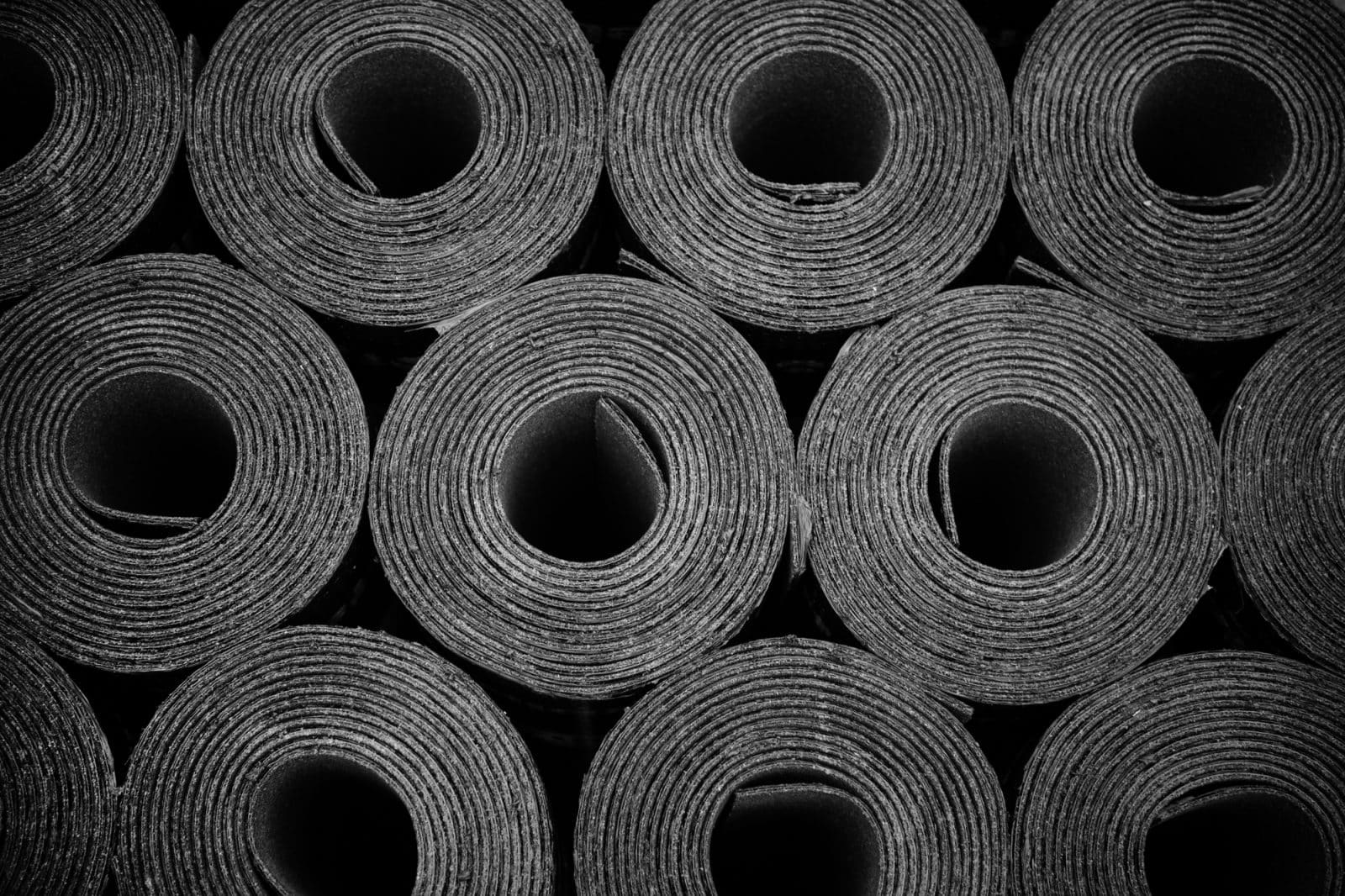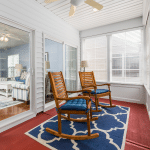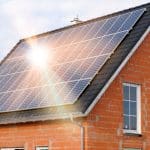Pitched roofs nowadays are primarily made of two main layers. The first are the housing tiles, which were invented thousands of years ago and are still used today – albeit often of very different designs and materials. The second is roofing felt. The word felt might conjure up images of soft cuddly toys. However, roofing felt is a much tougher material.
Roofing felt is usually made up of two different elements. One is its base. Today, this is usually made up of polyester or fibreglass, though occasionally it is made with organic materials and some extremely old houses may still have roofing felt that was made with asbestos. If your roofing felt contains asbestos, you should have it replaced immediately. The other layer is made up of minerals and bitumen. Bitumen is a tar compound that is also used on the surface of roads.
The result is an extremely tough material that is also waterproof. Roofing felt is durable and waterproof enough that specific types of roofing felt are used as the top layer on the roofs of temporary buildings like cabins or sheds. This type is secured in place with extremely sturdy roofing felt nails. Sometimes the roofing felt is painted over with waterproof acrylic paint or similar substance as reinforcement. Though roofing felt is lightweight and easy to install as a single layer, it comes at the cost of a relatively short life for a roof.
But the primary use of roofing felt is as the sarking – second layer – in pitched roofs. There are two varieties of sarking roofing felt. One is non-breathable membranes. These are very impermeable, which makes them suitable for “cold roofs” where the roof has no loft and acts as both the roof and ceiling for the whole house.
Breathable membranes, on the other hand, are easier to ventilate and are more suitable for normal houses with lofts. They release water vapour back out through the tiles and are easier to properly ventilate. Some breathable membranes are very complex like the Cromar Vent 3 which is made of polypropylene and has three layers for a combination of durability and protection.
Ventilation is extremely important for lofts, attics, and anything else between the ceiling and the roof. This part of the house is called the roof void. It is very easy for a roof void to become riddled with condensation, making it vulnerable to mould and rot. Breathable membranes make this less likely. So to do roof vents, including roof lap vents, which can easily be tucked into the roofing felt itself.
So why bother with roofing felt at all if the house has tiling? Tiles are excellent at resisting water but are not totally watertight. What little water they permit to pass through could still affect your house. The roofing felt acts as a backup layer. Its relative fragility makes it unsuitable as a first layer for permanent housing but as a backup it is excellent because it lacks the same seams as tiles.
In addition, roofing felt can protect the roof in the short term, both before tiles are installed and while any are being replaced in case of damage. The smooth layer it provides even provides an aesthetically pleasing finish, whereas leaving tiles on bare battens would lead to an ugly “picture framing” effect where the tiles would hang at slightly off angles.















